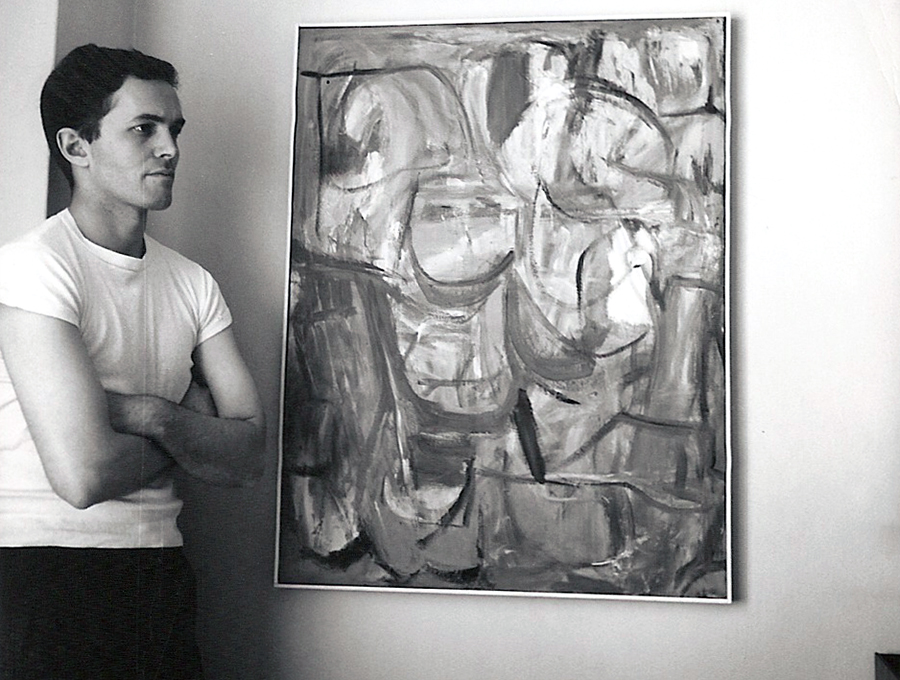
Leonard Schneider. New York City, 1964.
Leonard Morton Schneider was born in New York City on March 19, 1932. He was the middle child of three and the son of Warner Bros. executive Samuel Schneider, who was vice president and treasurer on the board of directors with the famed studio. Leonard grew up in New Rochelle, NY, and graduated high school at 16. He attended the College of William and Mary as an undergrad, majoring in theatre and earning his degree at the age of 20. During his years at the school, he was featured in many plays, as well as designing both sets and costumes for several productions.
From there, he made his first of two film appearances as an actor in the movie “Red Ball Express” (1952), starring Jeff Chandler and Sidney Poitier. Leonard played the un-billed featured role of a radio operator.
Shortly after that, he was drafted into the U.S. Army, where he received training as a still camera photographer. Then it was back to New York City in the mid-1950s, where he studied acting and directing with Lee Strasberg. His second film appearance was in the featured role of the Assistant Stage Manager in the musical extravaganza “Jamboree” (1957), starring a bevy of early rock-’n’-roll talents such as Fats Domino, Jerry Lee Lewis, Connie Francis, Carl Perkins, and Frankie Avalon.
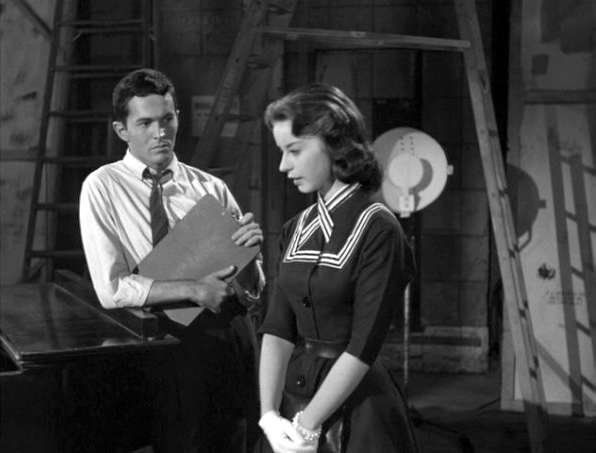
Leonard Schneider and Freda Holloway in “Jamboree,” 1958.
During this time, he began to pursue painting and illustration passionately and had his first one-man show in the city. He also began to work steadily as a photographer and cameraman, freelancing for Life Magazine, “Candid Camera,” and the three major news networks. In the early 1960s, he was part of the camera crew on “The Patty Duke Show” for its first two seasons shot in New York—72 episodes in all. He also served as an assistant cameraman on the feature film “How to Murder Your Wife” (1965), starring Jack Lemmon and Virna Lisi.
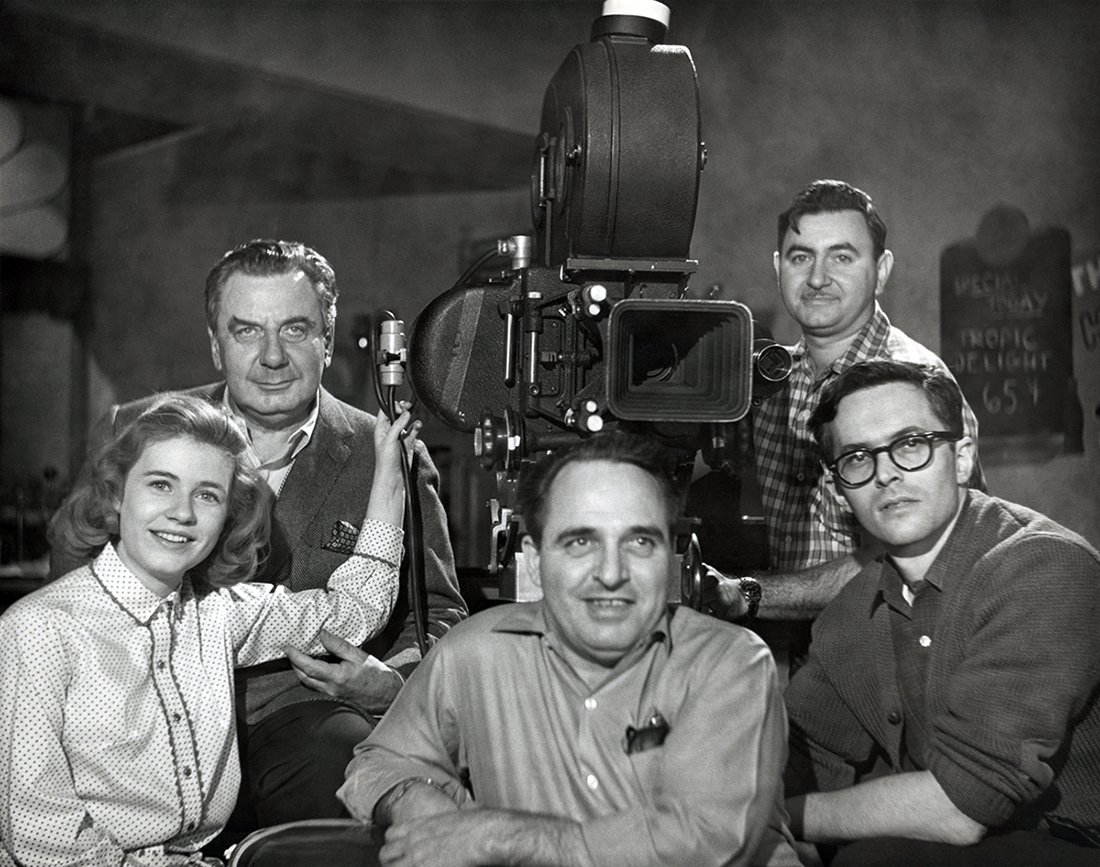
Leonard Schneider (far right) with “The Patty Duke Show.” New York, 1965.
When the TV series moved to Hollywood for its third and final season, he decided to take a break from big-city life and relocate temporarily to Lawrence, Kansas, with his wife, actress Jo Anna March, and their two young boys. It was the summer of 1966, and he was working on his master’s degree in theatre from the University of Kansas. Shortly after graduating with a 4.0 GPA, he was hired by Centron Corporation, a locally-based, well-established industrial and educational film company that would soon receive an Oscar® nomination for their short film “Leo Beuerman.” Leonard was brought on board as a staff director and writer, and the move to Kansas became a permanent one. After leaving Centron, a few years and many short films later, he started his own educational film company called Phoenix Productions, partnering with Herk Harvey, a close friend and colleague from Centron who had directed and starred in the widely-acclaimed, horror cult classic “Carnival of Souls.” The duo produced several award-winning shorts through Phoenix Productions, still distributed by Centron at the time.
It was during these years that Leonard began painting even more regularly. He rented a large neglected second-floor loft on Massachusetts Street in downtown Lawrence, in what is now home to The Jazzhaus and a needlework shop next door, and he used it as his studio for several years in the late ‘60s and early ‘70s. Painting became his primary focus and passion and remained so for the rest of his life.
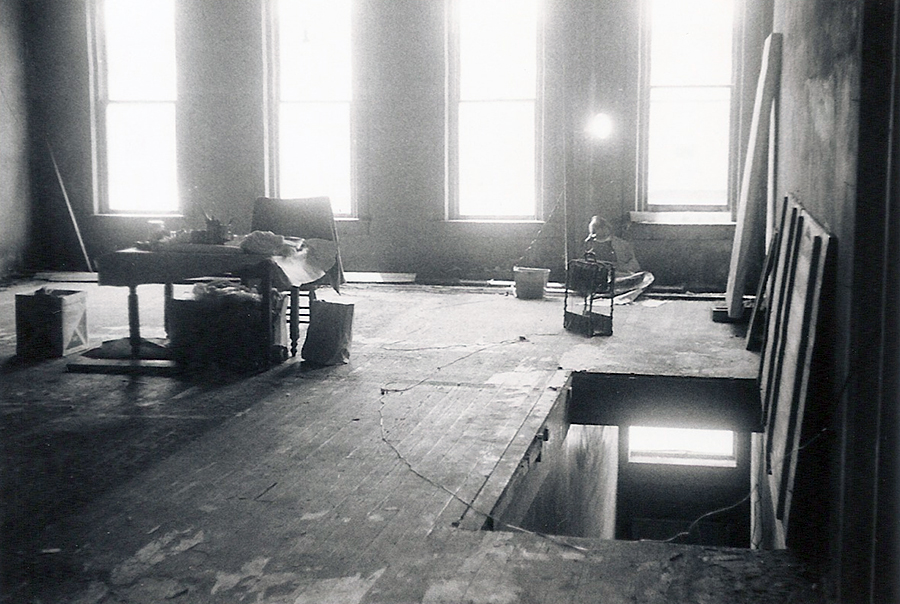
Schneider’s studio on Massachusetts Street in the early 1970s.
Leonard passed away from lung cancer at the age of 77, on November 29, 2009. He was a private person and rarely showed his work to anyone. He had just two one-man shows at the Lawrence Arts Center during the last 40 years of his life.
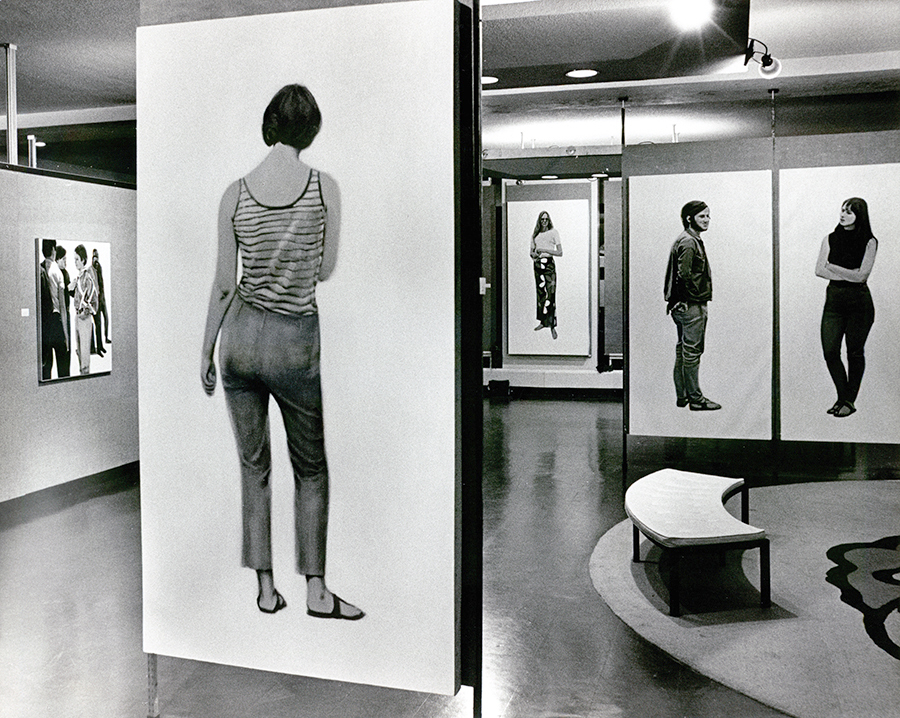
Leonard Schneider’s exhibition in the Student Union at the University of Kansas in the early 1970s.
Leonard Schneider’s artwork has remained largely unseen by the public until now.
